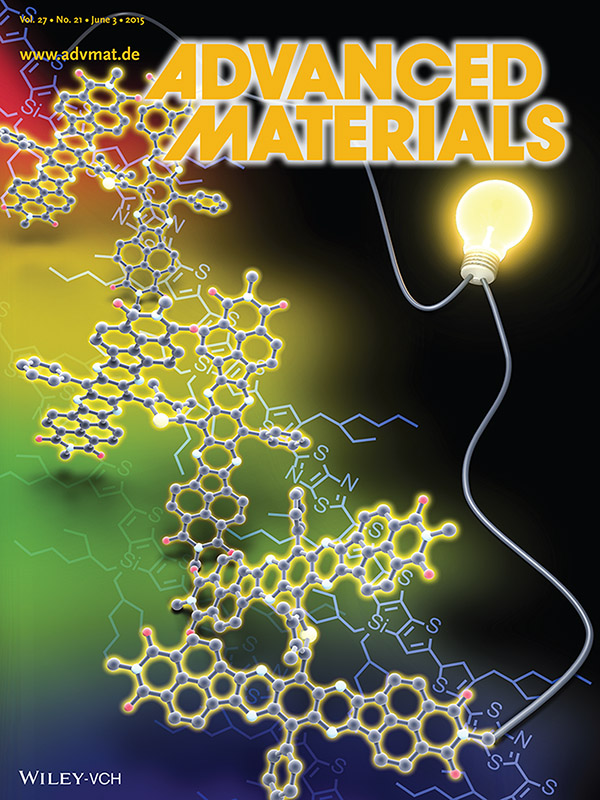Highly responsive nature of porous coordination polymer surfaces imaged by in situ atomic force microscopy
Nobuhiko Hosono, Aya Terashima, Shinpei Kusaka, Ryotaro Matsuda & Susumu Kitagawa
1.Institute for Integrated Cell-Material Sciences (WPI-iCeMS), Kyoto University Institute for Advanced Study (KUIAS), Kyoto University, Kyoto, Japan
2.Nobuhiko Hosono, Aya Terashima, Shinpei Kusaka, Ryotaro Matsuda & Susumu Kitagawa
Nature Chemistry volume 11, pages109–116 (2019)
doi: https://doi.org/10.1038/s41557-018-0170-0
© 2019 Springer Nature Publishing AG. All rights reserved.
Using liquid-phase atomic force microscopy, it was made possible to directly observe structural transformations at the crystal-solvent interface of a porous coordination polymers.
Image: Images are produced by Nobuhiko Hosono (Kyoto University) and Demin Liu (MolGraphics). Cover Design: Tulsi Voralia.










